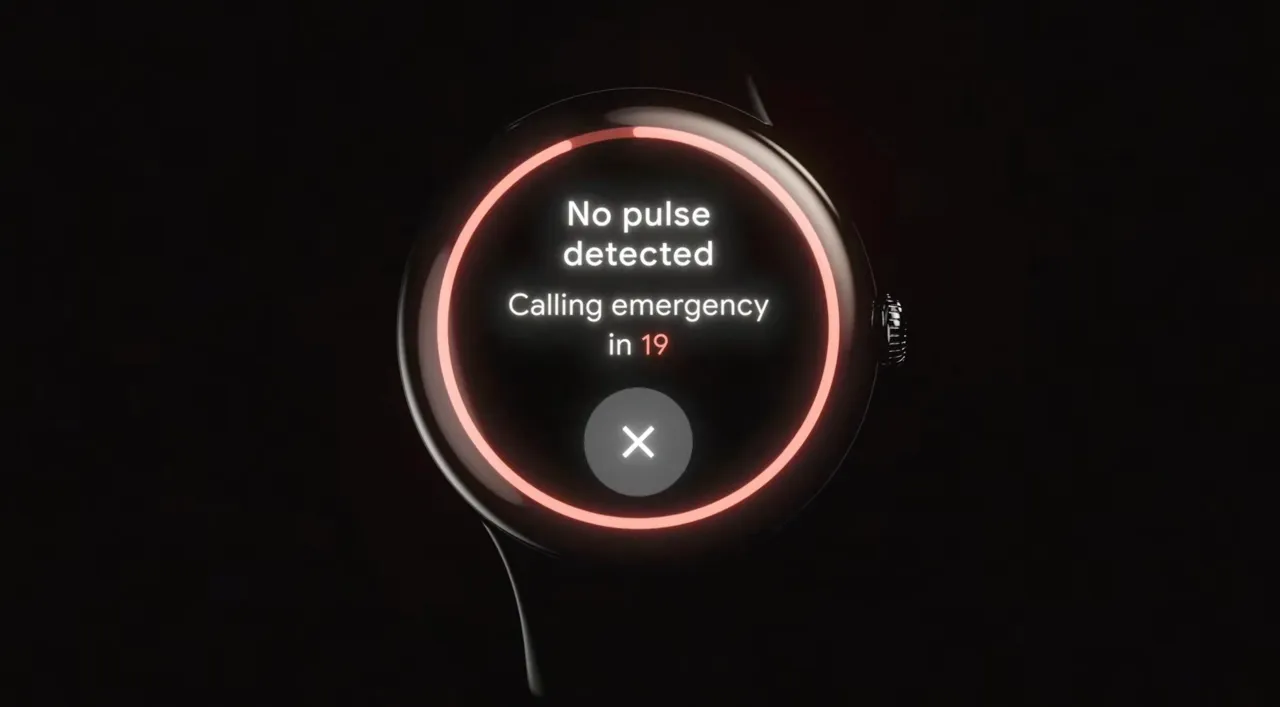When Apple introduced heart rate notifications, it aimed to help users monitor their heart health by alerting them to unusually high or low heart rates. This feature proved valuable not only for those with existing heart conditions but also for providing general reassurance to all users about their heart health.
In addition, the Apple Watch introduced Fall Detection, which became particularly useful for individuals who might experience falls and become immobilized. The feature not only detects a significant fall but also sends notifications to emergency services and sounds alarms to alert nearby people, enhancing safety in case of serious accidents.

The Google Pixel Watch 3 has taken heart monitoring a step further with its Loss of Pulse Detection feature. This technology utilizes both the heart rate sensor and motion sensors to identify if a user’s pulse stops, which could indicate critical conditions like cardiac arrest, respiratory failure, overdose, or poisoning.
However, Google has issued warnings about the limitations of this feature. Loss of Pulse Detection may not catch every instance of pulse loss and is not suitable for users with pre-existing heart conditions or those needing detailed cardiac monitoring. It is not designed to diagnose or treat medical issues but rather to offer an emergency response capability.
The Pixel Watch 3’s Loss of Pulse Detection will automatically call emergency services if it detects a pulse loss, potentially saving lives, particularly in situations where the individual is alone. Interestingly, this feature will first launch in the European Union and the U.K., not the U.S., as noted by tech commentator Mark Gurman.






Leave a Reply